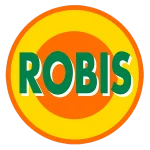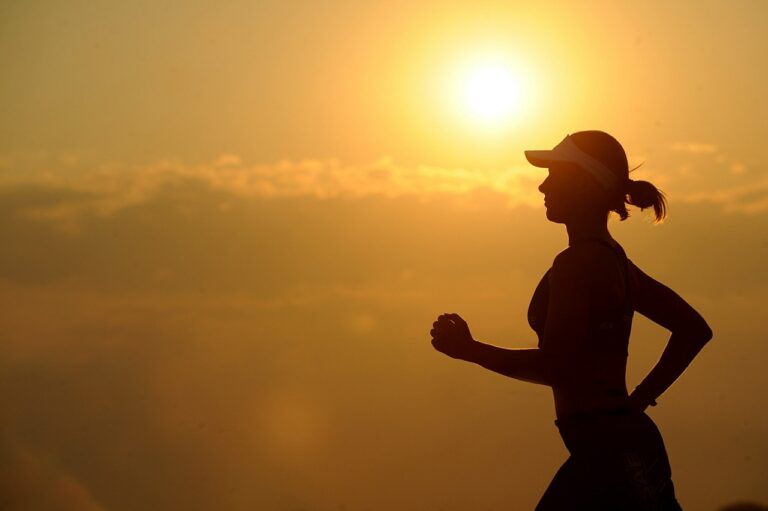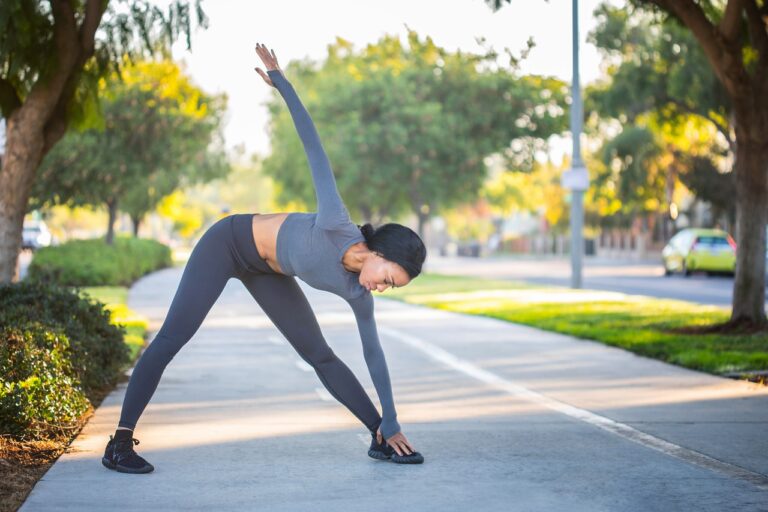The relationship between sports and chondral injury is an issue that is receiving increasing attention from sports medicine, since sports practice requires the use and overuse of certain joints and it seems more than proven that they suffer the consequences in Function of the specialty and the sport level, as well as the intensity, frequency and age of each sport. Studies show that chondral pathology appears to a greater extent and at earlier ages in professional athletes and it is speculated that joint overexertion is probably its main mechanism. Likewise, sudden and irregular impacts, heavy loads in the dominant lower extremity and states of predisposition (dysplasia, dystrophy or previous trauma) are risk factors for chondral pathology.
After several years of research it has become clear that some sports, at least those practiced at a high level of competition, carry an increased risk of osteoarthritis and chondropathies of the hip and / or knee joint. Among sports involving pathology, there is football which has a considerable risk of producing osteoarthrosis of the hip and, above all, of the knee. For example, elite soccer players have 15.5% of knee osteoarthritis compared to 3% in non-professional players and 1.6% in controls. Although there are differences between sports, the risk is always greater for sportsmen who practice a sport at a high level. Stronger sports such as boxing, weightlifting and wrestling pose a very high risk of contracting arthrosis, while in moderate sports (soccer, hockey, athletics) the risk is somewhat lower.
However, it should be noted that recreational physical activity is beneficial for the functioning of joints.
Given the growing concern in this regard, the current sports medicine has as its main objective the prevention of chondral injury as well as its treatment both medical and surgical. The prevention of cartilage pathology should start from childhood through rules and advice to follow. At the time when the cartilage is injured we must apply the appropriate therapeutic measures.
The two main functions of articular cartilage are:
- Cushion the pressure overload of the joint surfaces
- Allow the bone surfaces to move without friction between them
Cartilage is a very specialized tissue, characterized by its low concentration of cells called chondrocytes – about 2% – and a large extracellular matrix – synthesized by the cells – that covers the entire articular surface and facilitates the movement of one surface over another.
The practice of sport involves subjecting the joints to an effort, sometimes maximum, which can sometimes compromise the balance of the cartilaginous tissue and lead to a chondral lesion. Irrigation factors can be mechanical (load axis changes, knee, ankle etc, injuries, contusions); metabolic (edemas, arthritis …); sporting and environmental (increase of the training loads, not to observe periods of recovery after exertion, hard playing surfaces, changes of footwear with little impact absorption).
The circumstances in which the chondral lesion is diagnosed are varied. Generally, the people affected consult for pains and more rarely for joint deformations.
A severe cartilage injury can radically change the lifestyle of young athletes. Symptoms such as blockages, pain and inflammation that affect the work and sports capacity appear.
Through questioning, the physician must first assess the general condition of the patient and their psychological disposition; To determine the character of the pain, its onset, duration, intensity, location, inflammatory nocturnal or mechanical-diurnal character at the end of the day, its disappearance with rest and duration of morning stiffness. The test will be completed with several populations: standard radiography, synovial fluid examination, opaque arthrography, ultrasound, nuclear magnetic resonance, arthroscopy.
There are measures aimed at preventing, delaying, stabilizing, repairing or even reversing injuries to the cartilage and / or subchondral bone.
PREVENTION is, therefore, the most important responsibility that we have before us from the point of view of cartilaginous injuries in physical activity and sports in growing age and later.
The best way to treat a sports injury is to prevent it from occurring; therefore, Chondroprotection is a term of extraordinary clairvoyance within the first decade of the twenty-first century, dedicated by WHO to the study, prevention and treatment of osteoarticular diseases. A new key concept described by Prof. Guillén is that of Condropenia, that is to say the low quality of a cartilaginous tissue, which would also be a determining factor in the appearance of joint pathologies, especially in athletes with joint stress or sedentary people, since The lack of moderate physical activity is also stressful for an articulation in the sense that the nutrition of articular cartilage has much to do with the mechanical pressure generated by joint mobility. The concept of prevention is vital in growing articulation and even more so if it is subjected to physical stress and especially if it is also a risk joint either because it has some mechanical axis of load altered or because of genetic osteopenia or chronopenia or simply Mechanical overload or repetitive physical stress on a normal joint in growing age.
- Primary prevention: Its purpose is to prevent the first occurrence of injury in sports. The objective of this study is to analyze the factors that influence the sporting event according to age, physical condition, sport level and sport practiced, analyzing the personal, material and environmental factors involved in the sporting event, once studied to draw the conclusions To carry out the sport activity with the minimum of risk for the appearance of the injury.
- Secondary Prevention: Its purpose is to prevent relapse after treatment of a sports injury. In these cases, the correct initial diagnosis and treatment will be important, and a gradual and complete reincorporation of the sport activity. The control of all these factors is complex and requires specific protocols implemented by a multidisciplinary team.
- Tertiary prevention: It seeks to prevent the appearance of sports injuries in anatomical areas of maximum physical stress in each sport and especially in the growing age. To do this, an exhaustive study of this anatomical area must be carried out to verify its normality from all points of view: anatomical, physiological, biomechanical (especially alterations of the load axis and transmission of forces).
When starting a sports activity, especially in growing age, it is necessary to have a medical examination of sports assessment and orientation according to its anatomical constitution, its organic and psychological capacity through which it is directed towards an activity according to its abilities.
TREATMENTS
- Massage, ultrasonotherapy, ionizations: To combat pain you can use the massage descontracturante of the periarticular muscles before performing the training session; Defibrous massage; Ultrasonotherapy .; Ionizations with salts of calcium salicylate.
- Treatments with food supplements: As chondroprotectives (Chondroitin sulfate, glucosamine or the combination of both orally) for at least 3 months in a row. You can perform periods of rest of 2 months and then continue with the same pattern. The remnant effect of oral chondroprotectors is 2-3 months of efficacy, after suppression of treatment.
During the first 2-3 weeks, the chondroprotector can be associated with an analgesic, then the analgesic is removed and the chondroprotective is continued.
These products, besides acting on pain, can influence the course of osteoarthritis, slowing down or delaying the disease, acting as modifiers in the course of the arthrosis diseas
- Chondroitin sulfate: Clinical trials in arthritic individuals show that treatment with Chondroitin sulfate causes a decrease or disappearance of symptoms such as pain and functional impotence, improving the movement of affected joints, with an effect lasting for 2 or 3 Months.
The onset of chondroitin sulphate activity is somewhat slow (2-3 weeks) although it is as effective as non-steroidal anti-inflammatory drugs and also has a remnant effect whereby its efficacy is maintained up to 2-3 months after suppression of treatment. In addition to its excellent safety demonstrated in all clinical research carried out with chondroitin sulphate is of special interest in a chronic treatment of arthritic disease. It presents a better safety profile than classical therapy, with the same efficiency in the reduction of symptoms and with the consequent reduction of the consumption of gastroprotectors, analgesics, etc.
On the other hand, there is no evidence of positive results of chondroitin sulfate in doping controls.
By intra-articular route a base treatment with hyaluronic acid can be initiated and associated with an oral chondroprotector. Specifically, chondroitin sulfate increases the synthesis of endogenous hyaluronic acid.
- Glucosamine Sulfate: Its onset of action is slow, between 2 or 3 weeks, although it has been shown to achieve the same efficacy as ibuprofen for the treatment of osteoarthritis in terms of pain reduction and functional capacity improvement.
- Hyaluronic acid: Provides viscoelasticity to the synovial fluid, fundamental for its lubricant and damper properties. In osteoarthritis the amount of hyaluronic acid in synovial fluid and cartilage is insufficient and its quality is altered. It can be given intra-articularly. There are several hyaluronic acids of different origin, different concentration, different dosage and above all of different molecular weights.
- Hygiene tips and joint economics: It is fundamental and should be explained long and repeatedly to the athlete; Are always effective and if they are not respected they can be cause of the failure of all the treatment.Hygiene tips should be oriented towards everyday activities; To professional work and to sport or exercise.
- Rehabilitation: Flexibilization; Muscle reinforcement of the quadriceps, flexors, internal rotators and all the muscles of the knee, hip and ankles; Hamstring strengthening; Propioception to recover the reflexes of defense and coordination and to improve the speed of reaction with adapted exercises, repeated, seeking to establish the reflex of instinctive defense.
- Insoles, knee pads
- Psychological help: For sure the sportsman will need it because a pathology limits his activity during a sports season.
- Surgical treatment and rehabilitation in cases of chronic problems of the athlete’s chondral injuries.
In short, all athletes are candidates for chondroprotective therapy especially:
- Professional or elite athletes
- Leisure / weekend sportsmen from age 50 onwards.
- Non-professional athletes from the age of 18, both federates with high work intensity, and non-federated medium to high intensity work




